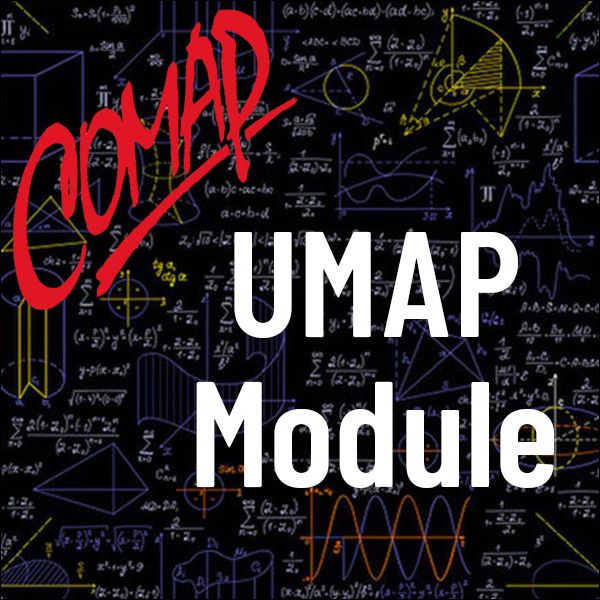Applications of Calculus in Geometrical Probability (UMAP)
Author: Richard M. Dahlke and Robert Fakler
The geometrical probability model is defined in this module, and examples of probability problems are given in which considerable thought is required in translating the problems into mathematical models. Once models are constructed, probabilities are derived by using various methods for calculating areas or volumes of the sample space and success region, using single or double integration. A computer simulation of a probability problem is motivated, defined, and used to solve probability problems already solved using analytical techniques. Exercises are given after each of the three major sections of the unit.
Table of Contents:
INTRODUCTION
What is Geometrical Probability?
Why Study It?
GEOMETRICAL PROBABILITY MODEL
Geometrical Probability Model
Determind Probability Bounds
APPLICATIONS
Functions of One Variable (Single Integration)
Exercises
Functions of Two Variables (Double Integration)
Exercises
SIMULATION
Real-World Simulation
Computer Simulation
Exercises
SAMPLE EXAM
ANSWERS TO EXERCISES
ANSWERS TO SAMPLE EXAM
ABOUT THE AUTHORS

Mathematics Topics:
Application Areas:
Prerequisites:
You must have a Full Membership to download this resource.
If you're already a member, login here.